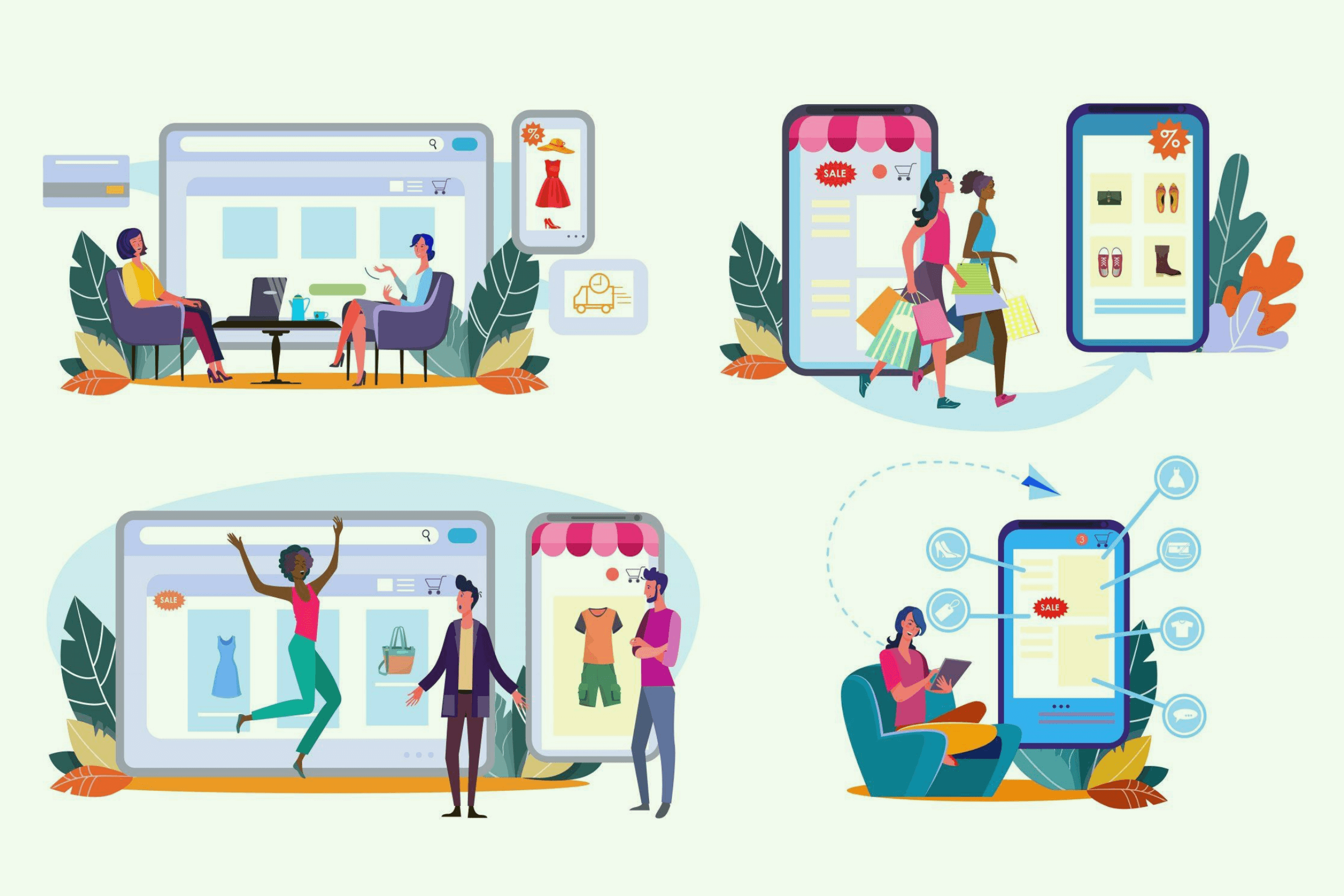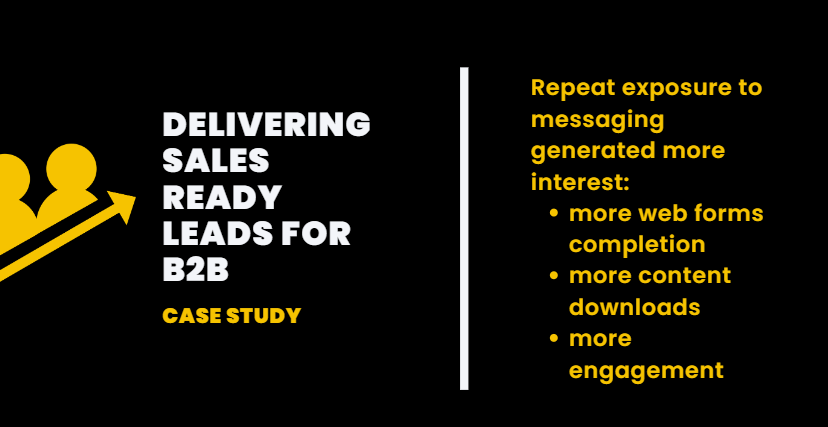For the longest time, advertisers and retailers alike thought that the buying process is mostly random, with consumers being driven by emotions and impulses. Truth is, all consumers actually go through the same journey in one form or another.
Good news is, this journey has been mapped in 6 different steps! Thus, advertisers can market their products or services accordingly for each step of the buyer’s journey.
1. Problem Recognition
Before even considering a purchase, the customer must have a reason to take action. They must have a desire, a problem they need to solve, or a different perception of reality.
During this step, the advertisers’ best strategy is to articulate the customers’ problem with marketing efforts. Have ads that explain what their problem is and how your product or service can solve it.
On the other hand, with online businesses, the best way to influence ‘problem recognition’ and make customers aware of a problem is through content marketing. Using the right content, your audience can identify their needs and the helpful resources and tools you can provide.
Actions you can take during this step:
- Share your brand’s story
- Provide useful tips and tricks in your niche
- Showcase your brand’s unique selling point
- Generate more leads through your website
2. Information Search
Now, imagine a random person came across a post of your brand story on social media. They do not yet need your product or service, but your article was well written so your brand sticks in their mind for a while.
More often than not, when this person faces a problem or a desire connected to your brand, they will come back to you!
This step is also the moment a potential customer turns to friends or other people for recommendations. Even in the age of digital, recommendations are still the most successful way of attracting new customers.
So what can you do?- Focus on delivering the best product or service – if your product is pure quality, people will automatically become brand advocates
- Build authority – you can work on having a great website, easy accessibility to information, engage with your audience constantly on social media
- Reviews & Partnerships – influencer marketing can help you stand out a lot
3. Evaluation of Alternatives
Truth is, even though some people make a quick buying decision, most customers won’t go with the first option they have. They will evaluate and compare several different product benefits or drawbacks.
One thing you can do here is to showcase your added value compared to your competitors. For some industries, this can be easier – such as software where you can add more features. Other industries where products and services are almost the same, your story and the way you engage and connect with your audience makes the difference.

4. Purchase Decision
This is the moment a potential customer decides whether they move forward with the buying process or not. Even though they reached so far into the journey, some might still choose to walk away.
This is the best moment for your business to provide a sense of security regarding your products or services. Here you should come up with return policies, an assurance, or a trial period for your service.
Moreover, this is the step where you remind your customers about their problem in the first place. Go again through what made them come so far in the first place. How? Send them an email or a personal message such as ‘Hey, you were interested in our service!’
5. Purchase
Make sure this step goes as smoothly as possible. Is your website loading fast? Can they order easily from their phones? Do you have safe card payment on your website? These are all questions you should consider!
These little details make a world of difference when you think how many people abandon a purchase because the website loads too slowly or isn’t intuitive enough!
6. Post-purchase Evaluation
Don’t close this article so fast! Your job is not done yet! Your customers will evaluate their purchase and decide whether they are happy with it or not. This can greatly influence the amount of returning customers or recommendations you get.
Make sure you have good customer service. Your customers should be able to talk to you easily & receive help when needed.
Send follow-up emails and a survey. Show your customers that you care about their opinions and that you look to constantly improve your service. You can use an online survey tool to send an email survey.







